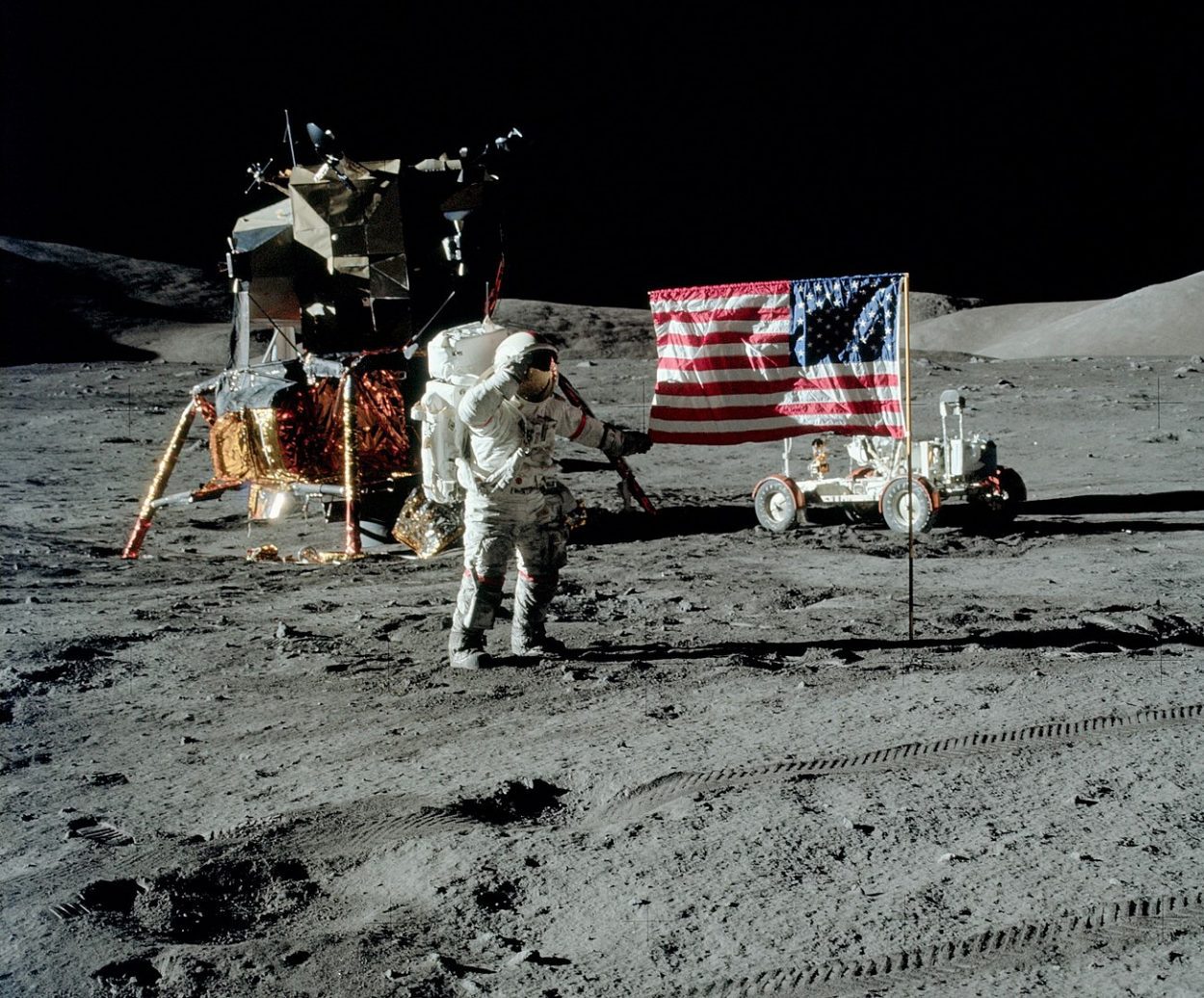Scientists from NASA have opened a lunar time capsule from the Apollo 17 mission conducted in 1972.
The Apollo mission was the final mission of NASA’s Apollo program, in which Commander Eugene Cernan and Lunar Module Pilot Harrison Schmitt walked on the Moon. The primary goals of the mission were to sample lunar highland material and to investigate evidence of the last volcanic activity on the lunar surface.
The mission was the last crewed visit to the moon that broke several records for crewed spaceflight, including the longest crewed lunar landing mission, the greatest distance from a spacecraft during an extravehicular activity of any type, the longest time in lunar orbit and most lunar orbits, and the largest lunar sample return.
The 50-year-old capsule (sample number 73001) was left unopened in vacuum storage until modern laboratory equipment could better understand the sample of rock, dust and other samples without contamination.
The material within the capsule comes from the lunar Taurus-Littrow valley, located on the south-eastern edge of Mare Serenitatis along a ring of mountains formed between 3.8 and 3.9 billion years ago when a large object impacted the Moon. This formed the Serenitatis basin, where 7 million years ago lava began to upwell from the Moon’s interior and filled the basin.
Before sample 73001 was opened, it was scanned at the University of Texas at Austin to obtain high-resolution 3D images. Researchers wanted to have a record of what the material in the sample looked like before it was removed and divided into half-centimetre portions.
Scientists have been able to extract gas from the sample that they hope will reveal new insights into the lunar gas signature by looking at the different aliquots (samples taken for chemical analysis).
Harrison Schmitt said in a video shared by NASA during a Science Live episode that “We had quite a number of very good cores that are giving us new information. It was anticipated early on in the Apollo program that analytical technology would mature and become much more sophisticated with time. In fact, Apollo never ended for lunar scientists.”
Header Image Credit : Harrison Schmitt – Public Domain





